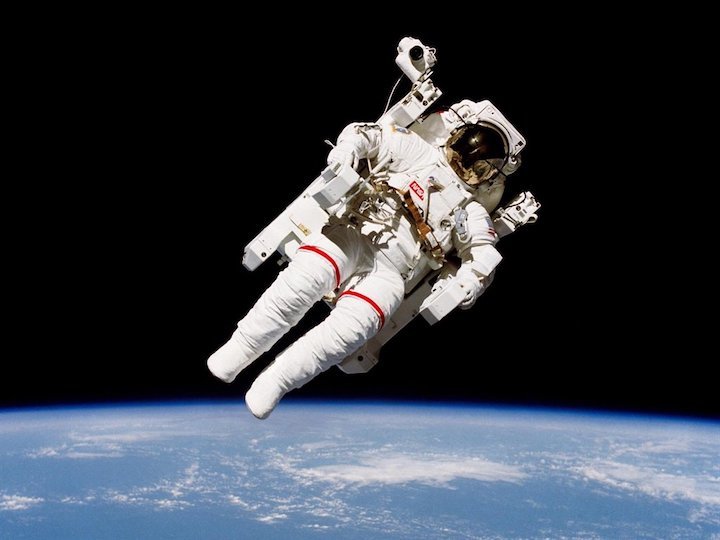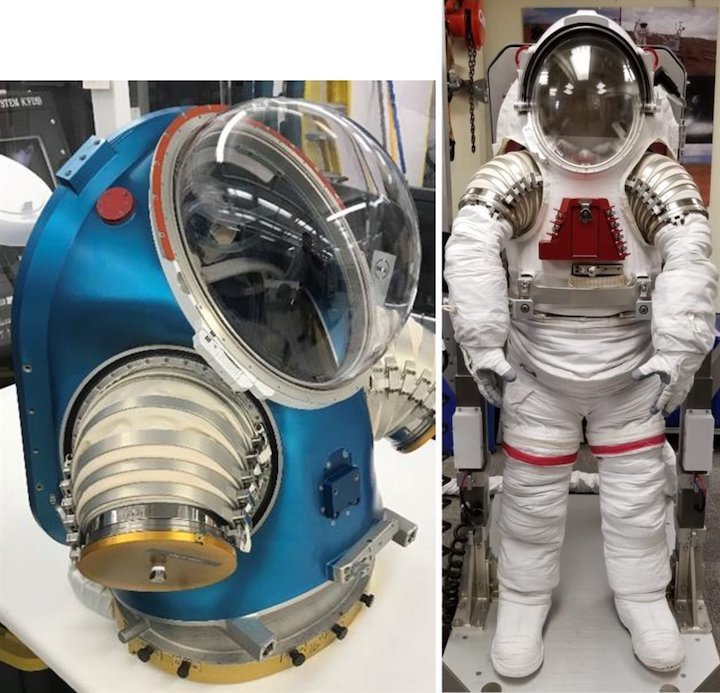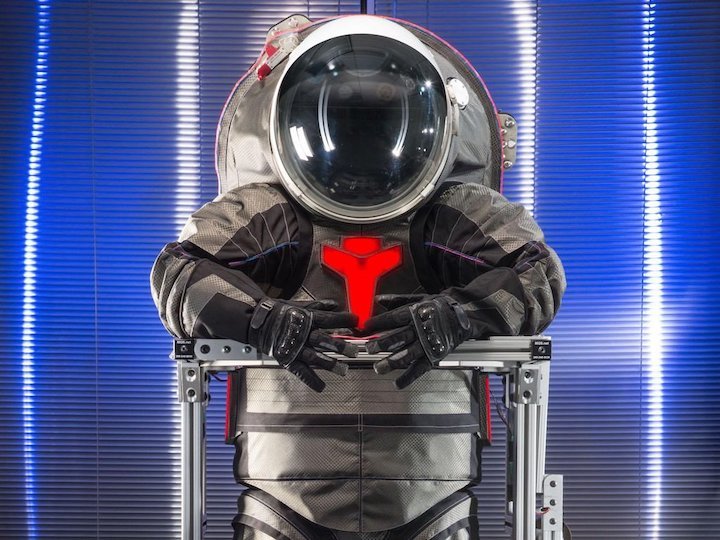"An integral system required to put boots on the moon are the boots," Magnus said.
She added that spacesuits are essentially "one-person spaceships" that deserve similar levels of funding and scrutiny.
"They're complex and they have stringent safety requirements, and are a critical component of not only the lunar program, but actually any potential exploration path that human spaceflight may engage upon in the future," Magnus said.
NASA is struggling to keep its current spacesuits operational

Right now, NASA's only operational EVA spacesuits are aboard the ISS. They're each about 40 years old - and not getting any younger.
The panel previously reported that NASA is struggling to upgrade the suits, let alone maintain them.
"The problem does not lie simply in the fact that the suits are old; the fact that manufacturers of several critical suit components, including the very fabric of the suits, have now gone out of business," ASAP wrote in April.
This in part led to the cancellation in March of what was supposed to be the first all-female spacewalk.
NASA has been working on a new spacesuit system called the xEMU, which stands for "Exploration Extra-vehicular Mobility Unit." The xEMU program is designed to both replace the aging relics that astronauts wear outside the space station and also pave the way for crewed exploration of the moon and Mars.
Magnus acknowledged that NASA has invested some money into researching, developing, and building prototypes, like the Z-2 spacesuit (shown at the top of this story). But she argued that the program isn't moving fast enough.
"Up to this point there's been a lack of priority placed on producing these next-generation spacesuits," Magnus said.

She added that, while the xEMU project is now being managed by a division of the Artemis program called the Gateway - a small space station that would orbit the moon, and what astronauts may eventually use as a pit-stop for surface missions - ASAP feels the program needs to break out on its own and get more resources.
"In order to produce a safe and reliable lunar suit to meet the Artemis program's 2024 deadline, and - because of the broad applicability, complexity, and critical safety aspects of spacesuits - in general, we think NASA needs to immediately create a formal, structured spacesuit program," she said, noting that it should have "a well-defined budget, a schedule including critical milestones, and provide both the authority and responsibility to this entity to produce this critical piece of equipment."
She added: "We believe anything less than full, robust program-level attention to this system reduces the potential to not only field the capability, but do so in a safe manner."'
'It appears that Artemis is off to a great start'
But Artemis still needs to clear its first major hurdle, which it is the bureaucracy of federal budgeting.
NASA administrator Jim Bridenstine said in May that the agency needs a $1.6 billion (R23 billion) "down payment" to get started in earnest on the program. A month later he added that landing on the moon in five years may require $4-6 (R59- 88 billion) billion annually - a total of $20-30 billion (R296-444 billion) - on top of NASA's existing yearly budget of about $22 billion(R325 billion).
Despite that challenge, ASAP member George Nield, a former FAA associate administrator who led its Office of Commercial Space Transportation, was optimistic about the prognosis.
"It appears that Artemis is off to a great start. If Congress agrees to provide the needed funding, NASA may have a real shot at achieving the 2024 goal," Nield said. "At the same time it will be important to remember what can go wrong along the way, and what things need to be done to ensure crew safety."
Quelle: Business Insider South Africa


